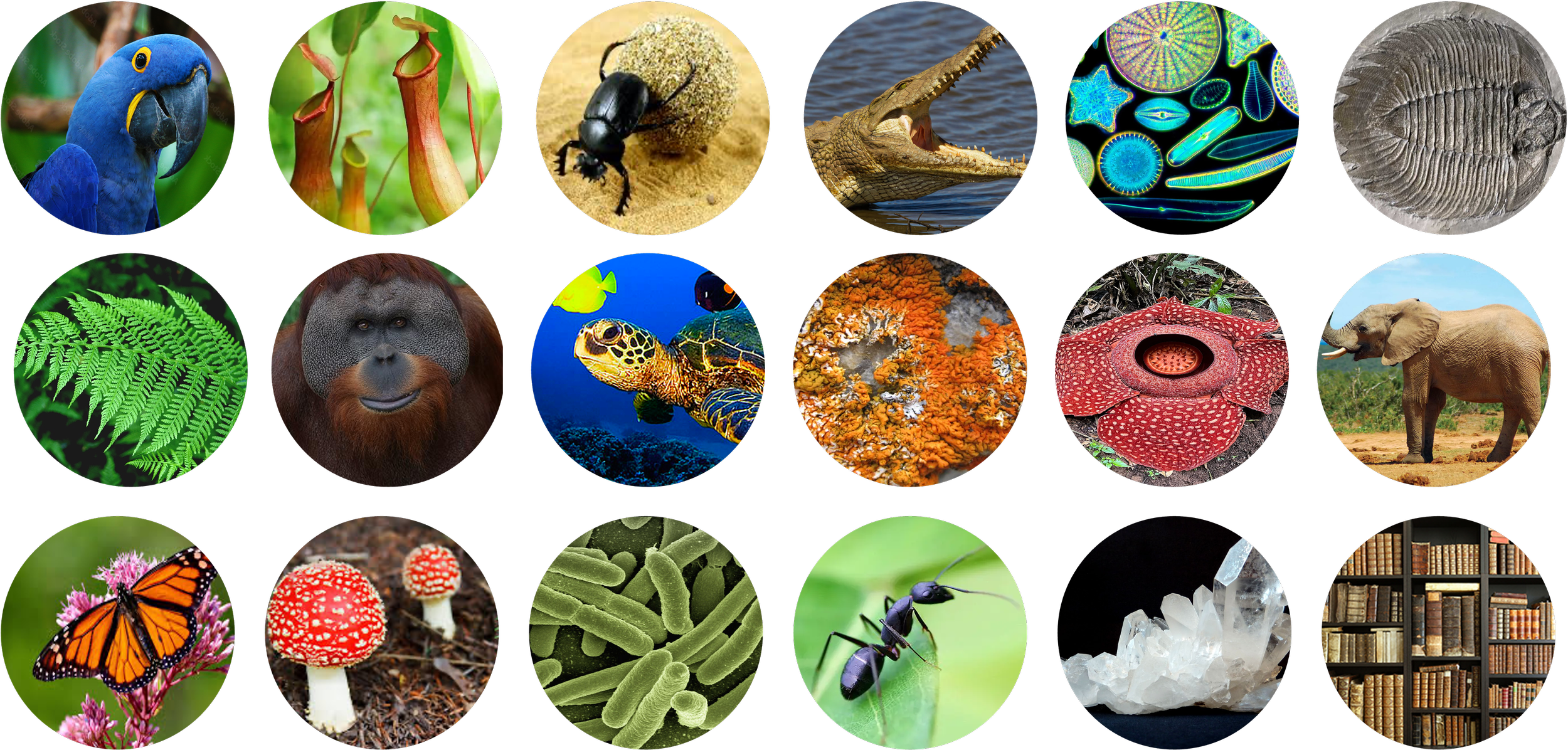Mineralogy Collections
Once studied to bring systematic order to minerals and how they can be exploited economically, the mineral collection is now a unique resource for scientific history research. However, there are plenty of unique minerals and meteorites that in themselves arouse interest for future studies.
Future significance
There are approximately 35.000 objects in the collections today. The foundation was laid in 1750 when, in connection with the appointment of Johan Gottschalk Wallerius as Uppsala's first professor of chemistry, the mineral collection of the mining counsellor Anton Svab was acquired as an institutional resource. The succeeding professors Torbern Bergman, Johan Afzelius and Lars Peter Walmstedt expanded the collections both through their own contributions and by the accessions of collections belonging to important figures in the mining industry and even the monarchy. The last important accession was made in 2010 when the remainders of a collection belonging to the Linnaean ’disciple’ Anders Philip Tidström was acquired.
Collections
The mineralogical collections at the Museum of Evolution have a rich historical significance and reflect Sweden's early traditions in chemistry and geosciences.
During the 18th century, Sweden's influence on the mineralogy and chemistry of the time was great and several pioneering mineral systems were published, including Bromell (1730), Wallerius (1747), Cronstedt (1758), Linnaeus (1768) and Bergman (1782). The Uppsala collections are rich in material directly or indirectly linked to these early mineralogical thinkers.
Historical significance




